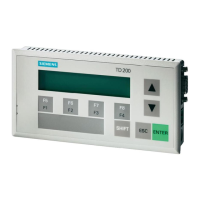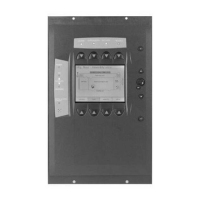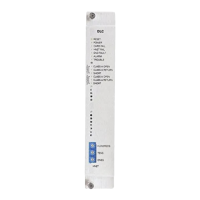Mounting and connecting
4.4 Connecting the connection box
Mobile Panel 277 RO
Operating Instructions, 10/2015, A5E36824256-AA
45
Connecting the equipotential bonding circuit
Potential differences
Differences in potential between spatially separated system parts can lead to high equalizing
currents via the data cables and therefore to the destruction of their ports. This situation may
arise if the cable shielding is terminated at both ends and grounded at different system parts.
Differences in potential may develop when a system is connected to different mains
supplies.
General requirements for equipotential bonding
Differences in potential must be reduced by means of equipotential bonding in order to
ensure trouble-free operation of the relevant components of the electronic system. The
following must therefore be observed when installing the equipotential bonding circuit:
● The effectiveness of equipotential bonding increases as the impedance of the
equipotential bonding conductor decreases or as its cross-section increases.
● If two parts of the system are connected to each other by means of shielded data cables,
and its shielding is connected at both ends with the grounding / protective grounding
conductor, then the impedance of the additionally-laid equipotential bonding may amount
to a maximum of 10% of the screened impedance.
● The cross-section of a selected equipotential bonding conductor must be capable of
handling the maximum equalizing current. Between switching cabinets, equipotential
bonding conductors as detailed in the "Guidelines for interference-free installation of
PLCs" description and the "PROFIBUS networks" manual have proven themselves
reliable in practice.
● Use equipotential bonding conductors made of copper or galvanized steel. Establish a
large surface contact between the equipotential bonding conductors and the
grounding/protective conductor and protect these from corrosion.
● Clamp the shielding of the data cable on the HMI device flush and near the equipotential
busbar using suitable cable clamps.
● Route the equipotential bonding conductor and data cables in parallel with minimum
clearance between them.
Note
Equipotential bonding conductor
Cable shielding is not
suitable for equipotential bonding. Always use the prescribed
equipotential bonding conductors. When installing MPI and PROFIBUS DP networks,
always use cables with an adequate cross
-
section. Otherwise there is a risk that interface
components will be dama
ged or destroyed.

